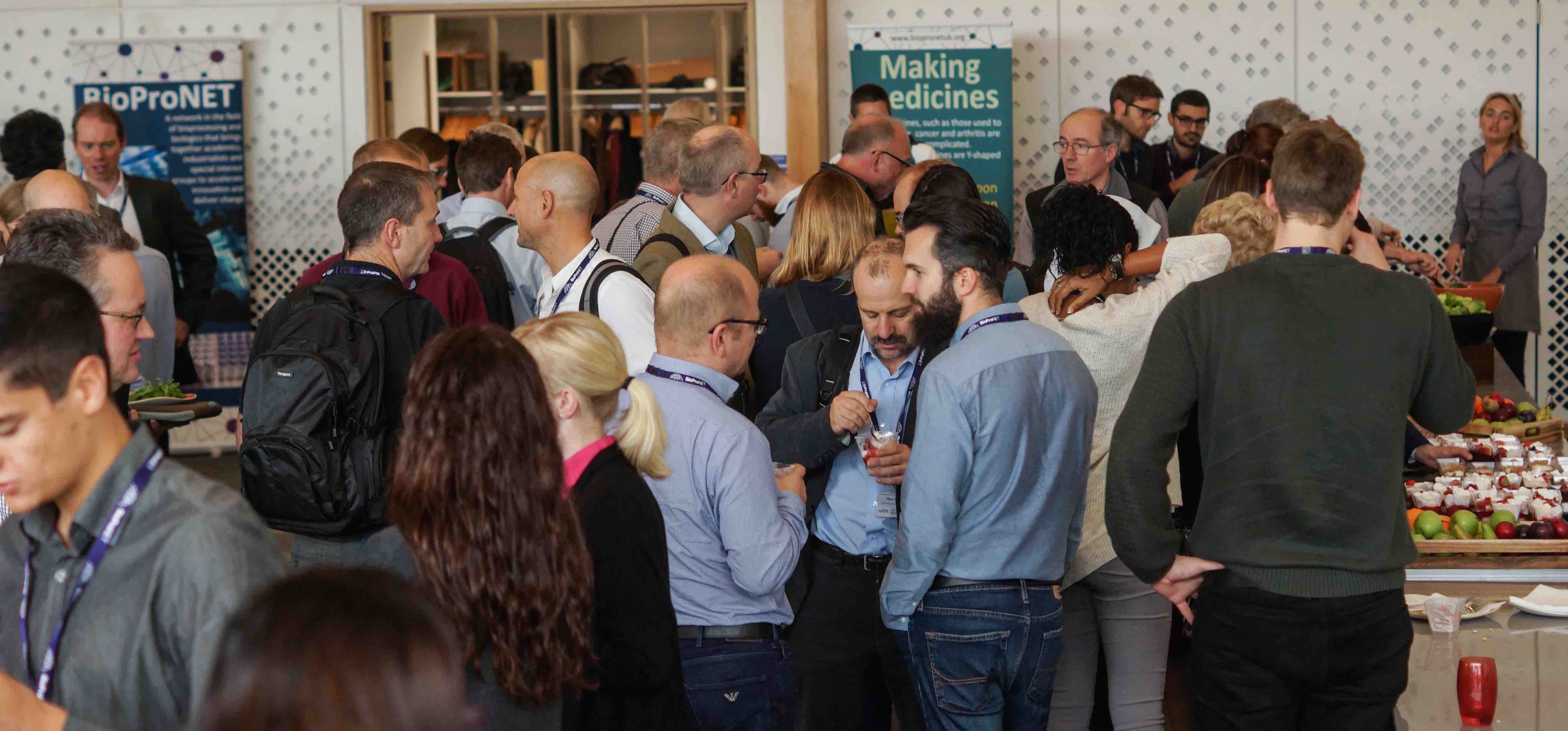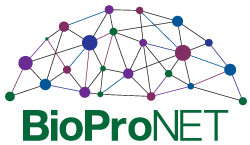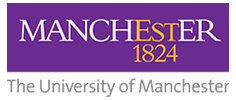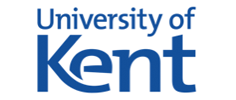Photo taken by Linas Tamosaitis 
Some feedback from our 4th Annual Science meeting, held in October 2017:
“The meeting was one of the most interesting and educational that I have attended in a while!”
“Excellent chances to meet and build links with the community”
“I really appreciated the diversity of the speaker, e.g. male versus female, experienced verses ECR, academic versus industry”
Our 4th Annual Science Meeting featured the following line-up:
Designing more efficient cell-expression systems (chaired by Paula Alves)
Helene Faustrup Kildegaard – Technical University of Denmark: Improving CHO cell factories with CRISPR-mediated genome engineering
Eva Pekle – University of Kent: Single cell characterisation of CHO cells
Imre Berger – University of Bristol: Baculovirus expression: old dog, new tricks
David Humphreys – UCB: Protein expression demands and demanding protein expressions: protein sciences the biopharma way
Stefanie Frank – University College London: Engineering spatial segregation within bacterial hosts for bio-therapeutic protein production
Karen Coopman – Loughborough University: Taking a holistic approach to mesenchymal stem cell culture process design
Robyn Emmins – GlaxoSmithKline: Embedding the Berkeley Lights Beacon: a bright future for cell line development
Building expression systems into optimised process (chaired by Helene Faustrup Kildegaard)
Paula Alves – iBET, Portugal: Insect cell platforms for production of VLPs and difficult to express proteins
Eleanor Hanson – University of Sheffield: Changes in CHO cell epigenetics throughout cell culture
Ray Owens – University of Oxford: High throughput cloning and expression of recombinant proteins for structural biology
Kathryn Lilley – University of Cambridge: Quantitative mass spectrometry to determine the three dimensional relationship of the proteome
Tania Selas Castiñeiras – Cobra Biologics: Periplasmic recombinant protein production: which signal peptide to use?
The clinic and beyond (chaired by Kelvin Lee)
15:45 Leda Castilho – Federal University of Rio de Janeiro, Brazil: Production of flavivirus VLPs: zika, yellow fever and beyond
16:15 Jim Faulkner – Autolus: Process development for autologous cell products
16:45 Proof of concept funding awardees (chaired by Mark Smales)
Martin Michaelis – University of Kent: Expanding production time of mammalian cell cultures for biotechnological applications
Cleo Kontoravdi – Imperial College London: Bioreactor design space identification with product quality constraints
Gyorgy Szekely – University of Manchester: Molecular imprinting for sustainable downstream processing of biopharmaceuticals
Day 2 –11th October
Molecular characterization of process quality
Chris Roberts – University of Delaware, USA: Mechanistic approaches to stabilization of pharmaceutical proteins
Paula Meleady – Dublin City University: Quantitative phosphoproteomic analysis of CHO cells in response to reduced culture temperature
Perdita Barran – University of Manchester: Hybrid mass spectrometry approaches to analyse biologics and distinguish biosimilars
Chris Sellick – MedImmune: Application of custom analytics to support bioprocess development for novel biopharmaceuticals
Stephen Perkins – University College London: CCP-SAS – its utility for the atomistic modelling of pharmaceutically-important antibody solution structures
Upstream meets downstream: rapid process development (chaired by Chris Roberts)
Kelvin Lee – University of Delaware, USA: A host cell protein that may impact polysorbate degradation
Mire Zloh – University of Hertfordshire: Effects of excipients on biomolecule structures during dehydration processes at low temperatures
Qasim Rafiq – University College London: Scale-down approaches to mammalian cell culture process development and primary recovery
Rochelle Aw – Imperial College London: Increasing ribosome content in Pichia pastoris for improved cell free protein synthesis
Simone Dimartino – University of Edinburgh: 3D printed porous media for packed bioreactors and downstream processing
Peter Levison – Pall: Technology advances in continuous bioprocessing from process development into clinical manufacture







